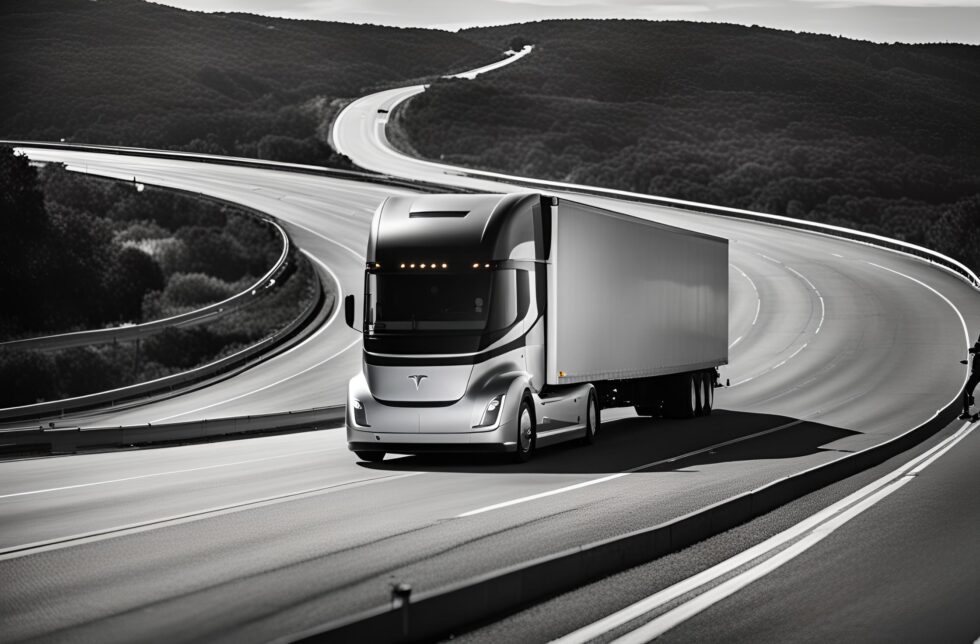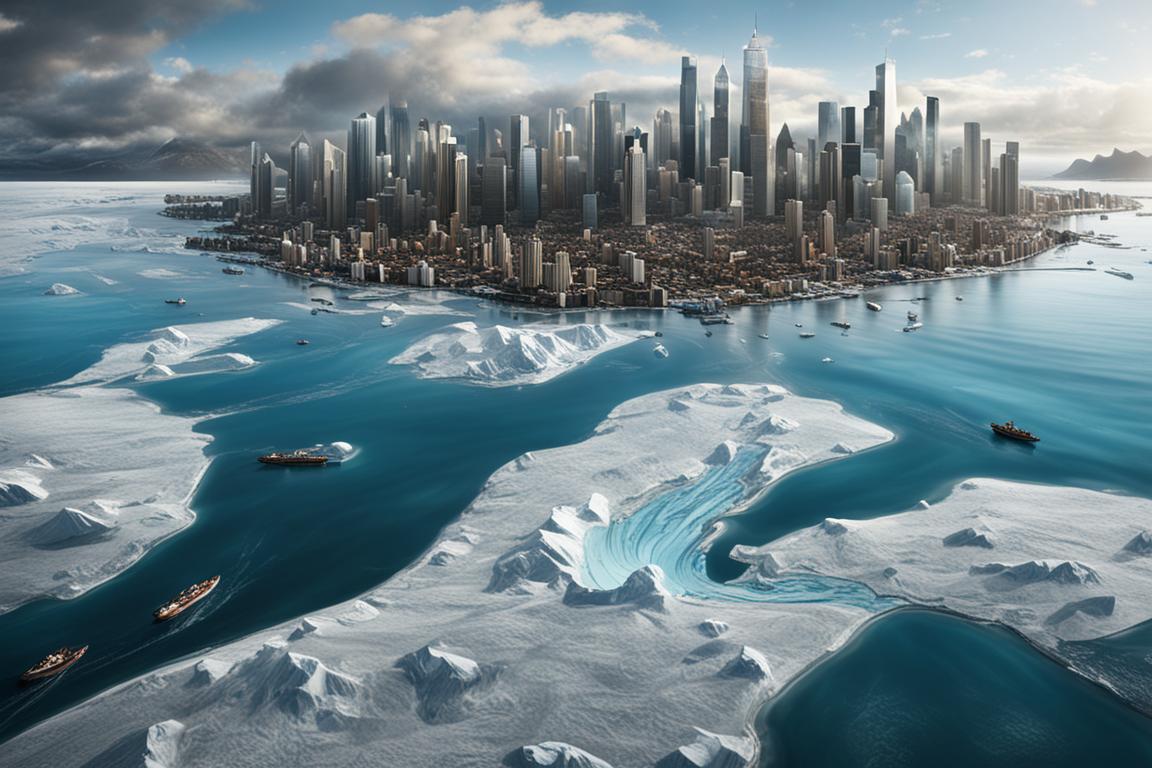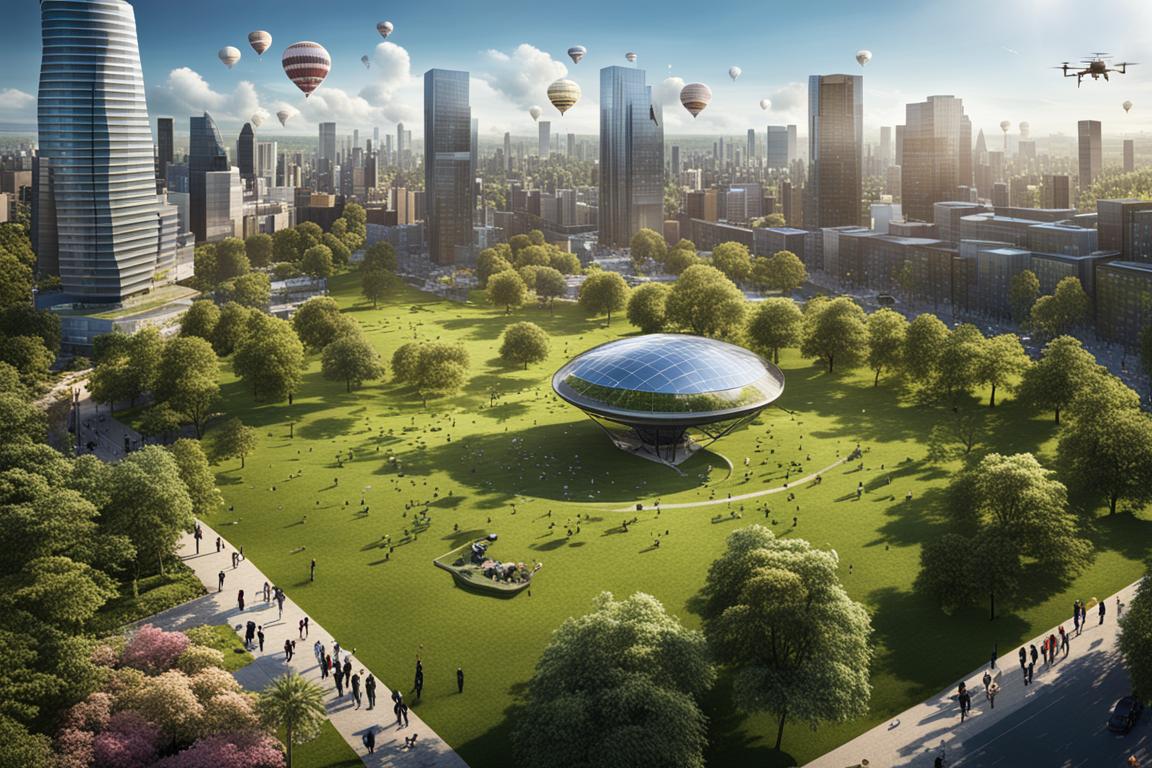
Suddenly and seemingly almost magically, the persistent hum of combustion engines was replaced by the gentle whirr of electric power. It was as if someone had flipped a switch, propelling transportation evolution forward in an instant. No longer did any car, bus, or plane require fossil fuels. The advent of electric transportation, initially met with skepticism, in no time was embraced by a wave of irrefutable change.
These transitions had monumental and personal impacts globally. From bustling megacities to serene villages, the first noticeable change was the air quality. Oppressive smog that once suffocated cities such as Delhi, Beijing, and Los Angeles vanished. Children immersed in their first clean breath of outdoor air felt as if they were experiencing the sky’s taste for the first time. Also, the electric vehicles, silently cruising along roads, did not emit soot or toxic gases. Green spaces emerged, and plants flourished, free from the constant onslaught of pollutants. Global CO2 levels began to stabilize, offering mankind a moment of collective relief.
The transformation to electric transportation brought a wave of fresh air and quiet streets and led to a workforce revolution. Traditional mechanics, whose skills were centered around internal combustion engines, found themselves at a crossroads. A global initiative for retraining, however, gave birth to a new generation of electric vehicle (EV) technicians and engineers. Workers from the declining oil industry found fresh opportunities in the growing renewable energy and EV production sectors. Companies like Tesla, Nissan, and numerous startups flourished, driving unparalleled innovation.

The transition, nevertheless, came with its own unique challenges. The demand for lithium, cobalt, and rare earth metals saw an unprecedented surge, causing a modern-day gold rush. As mining operations sprung up worldwide, the ecological and human impact of this swift extraction came to the forefront. In response, scientists and policymakers worked relentlessly to create sustainable mining practices and battery recycling, and they developed alternative energy storage solutions. Solar panels and wind turbines became mandatory in cities to power the growing charging stations. Entrepreneurs reimagined battery technologies using less harmful and more abundant materials, relieving the strain on Earth’s finite resources.
Economic adjustments were crucial during this period. Oil companies, typically viewed as global market movers, had to come to terms with the new reality. Some adapted promptly and diversified into renewable energy, while others resisted, becoming less influential. Oil-dependent nations like Saudi Arabia and Russia experienced economic turbulence, initiating ambitious projects to diversify their economies. Solar farms began covering the Arabian deserts, and wind fields appeared across the Russian steppes.
Individuals also experienced changes in their everyday lives. Urban areas, free from the noise of engines and sirens began to redesign their infrastructure. Streets became more accommodating for bikers and pedestrians, alongside electric vehicles. Public transportation systems expanded their electric bus and railway fleets, enhancing accessibility and reducing commute times. Suburbs saw an influx of electric scooters and bikes, making short-distance travel effortless. The affordability and convenience of electric transportation extended its benefits to rural areas, uniting the country in unexpected ways.
Culturally, this shift ignited an environmental consciousness renaissance. Schools began integrating renewable energy projects into their curriculums, and community gardens flourished as people felt more connected to their environment. This shared goal of a sustainable future fostered a sense of global unity seldom seen before. Artists, writers, and filmmakers derived inspiration from this new world, creating pieces that celebrated the harmony between technology and nature.
The shift to electric transportation didn’t just electrify the vehicles; it charged humanity’s potential. This time of innovation and adaptation fostered creativity and cooperation on a scale previously unseen. As skies cleared, hearts opened, and minds, once clouded by doubt and pollution, took deep breaths – envisioning new possibilities for their increasingly vibrant and interconnected world.
In this electrified world, humanity gleaned a valuable lesson: the power to transform wasn’t just in the engines but lied within themselves. The shift to electric transportation became more than a tale of technological progress. It was a story of human resilience, innovation, and unity. It served as solid testament to the idea that with concerted effort and imagination, a brighter, cleaner future is entirely within our reach.




